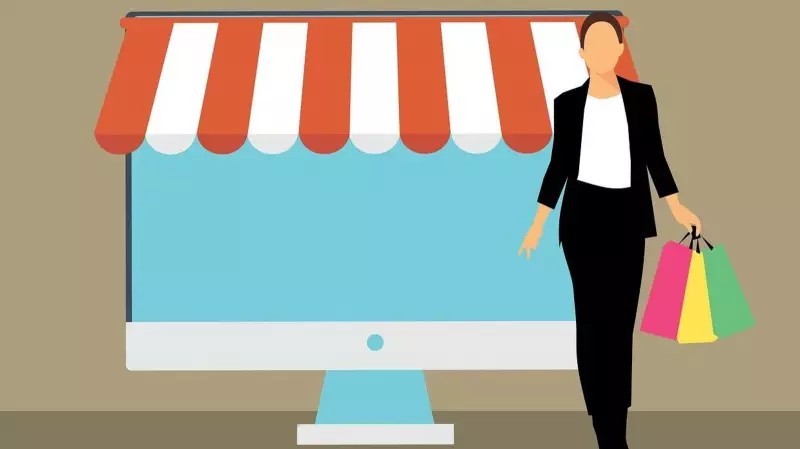
Remember the frustration of discovering you paid significantly more for the same product or service than someone else? That era of information asymmetry and systematic overcharging is rapidly coming to an end, thanks to a powerful combination of technology and empowered consumers.
The Digital Revolution Against Overcharging
For decades, businesses thrived on what economists call the 'rip-off economy'—a system where companies could charge different customers wildly different prices for identical offerings. This was particularly prevalent in services like banking, insurance, and telecommunications, where complex pricing structures made comparison shopping nearly impossible.
How Technology is Leveling the Playing Field
Several technological forces are converging to dismantle this unfair system:
- Price Comparison Algorithms: AI-powered tools now scan thousands of retailers instantly, giving consumers real-time price intelligence that was previously available only to corporations.
- Transparency Platforms: Websites and apps dedicated to service comparisons—from insurance premiums to banking fees—are exposing hidden charges and unfair practices.
- Consumer Review Ecosystems: Digital platforms where users share their experiences and actual costs have become powerful watchdogs against price gouging.
- Regulatory Technology: Governments and consumer protection agencies are using sophisticated monitoring tools to identify and penalize unfair pricing practices.
The Indian Consumer's New Superpowers
Indian shoppers are increasingly armed with digital tools that transform them from price-takers to informed market participants. Mobile apps that compare prices across e-commerce platforms, browser extensions that track price histories, and social media communities that call out unfair practices are becoming standard shopping companions.
The psychological impact is significant—consumers no longer approach major purchases with the same anxiety about being taken advantage of. This shift is particularly noticeable in sectors like electronics, travel, and financial services, where pricing was traditionally opaque.
What This Means for Businesses
Companies that built their profitability on confusing pricing structures and customer ignorance now face an existential challenge. The new market reality rewards:
- Transparent Pricing: Businesses that clearly communicate their costs and value proposition
- Fair Value Exchange: Companies that focus on delivering genuine quality rather than exploiting information gaps
- Customer Trust: Brands that build loyalty through honesty rather than trapping customers
The Future of Fair Markets
As artificial intelligence becomes more sophisticated, we're moving toward a future where price discrimination based on customer ignorance will be virtually impossible. The technology that once enabled personalized pricing is now being harnessed to ensure fairness.
This doesn't mean the end of premium pricing for premium services—but it does mean the end of charging premium prices for standard offerings simply because the customer didn't know better. The market is becoming smarter, fairer, and ultimately more efficient for everyone involved.
The rip-off economy isn't just being challenged; it's being systematically dismantled by the very technological forces that once promised businesses unprecedented pricing power. The future belongs to transparent, fair, and consumer-friendly business models.





